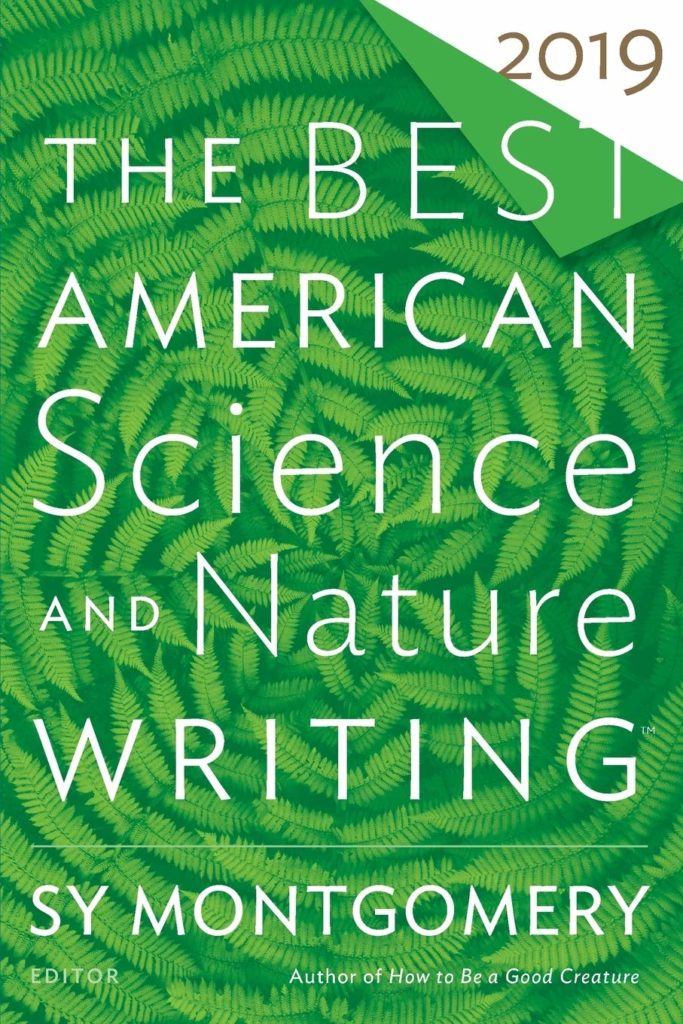
Can We Save the Tiger?
By Martin Jenkins
Illustrated by Vicky White
Candlewick Press, 2011
Category: Picture book nonfiction
Today I’m sharing some thoughts on the structure used by author Martin Jenkins in his picture book, CAN WE SAVE THE TIGER? (For a more detailed introduction to this plan, read yesterday’s post.)
The story Jenkins shares in CAN WE SAVE THE TIGER is a broad one: we humans are changing the planet and the animals that live here are paying the price. The menagerie of species considered endangered by human activities is overwhelming, so Jenkins separates them into five loose groups. Using a single high-impact example from each group, he then shares the extinction story in small doses, one endangered animal at a time. The resulting structure—a collage of sorts—brings readers to an unforgettable conclusion: losing species is unbearable and we must act.
Let’s look at this collage structure more closely, shall we? Here’s how I see it …
Snapshot 1: Animals that are running out of room. In other words, big animals, like the titular tiger. Jenkins’ voice throughout the book is lovely, and here, early on, we see how his choice to speak directly to the reader is effective:
“… if you were a poor farmer trying to make a living with a couple of cows and a few goats, you might not be too happy if you found there was a hungry tiger living nearby. And if you knew that someone might pay you more for a tiger skin and some bones than you could earn in three whole months of working in the fields, then you might find it very tempting to set a trap or two, even if you knew it was against the law.”
Of course the reader wants to save tigers. But the reader can also understand a poor farmer’s motives. With this carefully chosen first snapshot, the reader is hooked.
Snapshot 2: Animals that are endangered as a result of human-introduced predators. Here Jenkins shows us a tiny snail, a satisfying juxtaposition to the tiger and, I think, a subtle nod to the idea that endangered species run the gamut from BIG to SMALL (and, of course, everything in between; see the UGLY addition below). In his image of the partula snail, we see how the movement of species by humans can have unforeseen and unintended consequences for other species.
Snapshot 3: Animals that are impacted not by movement but by other human actions. Here we add to the idea of running the gamut: even UGLY animals, like vultures, are vulnerable. By now the reader is wondering if there are animals that aren’t endangered.
Snapshot 4: Animals that were nearly extinct but came back. The reader is ready for this bit of good news. Bison were forced to the edge of the extinction abyss by human actions, but we managed to pull them back from that edge in time. This snapshot is a much needed and well-timed picture of hope.
Snapshot 5: Animals that were nearly extinct, that we are trying to help, but which are still in trouble. Here Jenkins makes it clear there is still much to worry about. If we are lucky, as with the bison, we can reverse the damage of our bad habits. But sometimes we will act too late. It’s still not clear if we will be able to save the kakapo.
Each of these snapshots is actually a distinct story, a small narrative starring the animal in question and its plight. Arranged side-by-side, however, and with Vicky White’s art, the snapshots give readers a deeper and broader view of animal extinction on planet Earth. They build a perfect collage.
The effectiveness of the collage structure, of course, is tied to the logic of its presentation. The order in which the individual images are presented to the reader must make sense, even if the reader only experiences that logic subconsciously. Jenkins shows us something big, moves on to something small, then adds something ugly, something hopeful, and something sobering. Another order of these images could, perhaps, build an effective collage. The point, however, is that there are certain orders that would not work at all … and Jenkins knew enough not to use them.
For example, starting with the kakapo, a squat and relatively unknown critter, is technically possible … but such an opening would have been much less compelling than the tiger opening. And Jenkins would have lost the lovely juxtaposition that so nicely relayed the breadth of the extinction problem. (That is, the big-small-and-everything-in-between gamut I mentioned earlier.) Starting with the tiger, an animal all readers will recognize and most will admire, gave the author a much stronger opening … and plenty of room to transition into a second image.
Here’s something else that struck me about the collage structure: the importance of the order in which the snapshots were presented is very important, but it is not something I recognized on first reading the book. In fact, I didn’t give it a thought! On some subconscious level, the order worked for me, so, I sank into the book and enjoyed the read. The writer is the only one who needs to think the snapshot order logic through. If he does his job well, the structure will be invisible. Readers will read. Choose the wrong order, however, and readers are likely to stumble. I think Jenkins nailed it.
That’s a lot to digest in one post, so I’m going to stop here. Tomorrow I’ll share my final thoughts on this book and the collage structure. In the meanwhile, feel free to share your own thoughts in the comments; I’d love to hear them.






